The Australian pavilion at this year’s Venice Architecture Biennale involves confronting questions of decolonisation in architectural form and history. Unsettling Queenstown looks at the ubiquitous presence of British colonialism.

June 1st, 2023
Choosing to go large, this year’s creative directors Anthony Coupe, Julian Worrall, Emily Paech, Ali Gumillya Baker and Sarah Rhodes are taking a stand. Riffing on the theme of The Laboratory of the Future set by curator Lesley Lokko for La Biennale Architettura 2023, who spoke of Africa as the laboratory of the future – in that it’s “the place where experiments are conducted and theories formulated” – our curators have countered with: “Australia today could be seen as its workshop, where new social, cultural and legal implementations are being prototyped and tested.” Indeed, this exhibition is all about architectural tactics and solutions to move us forward.
“As a colonial construct imposed on the oldest continuous culture on Earth, the example of Australia presents both caution and beacon to those elsewhere grappling with similar issues. As we note, there are Queenstowns all over the world. To unsettle one is to unsettle all,” say the creative directors.

Presenting Queenstown as an emblem for decolonial struggle the world over, the exhibition will overlay real and fictional Queenstowns, to question the muddy logic of colonialism and resource extraction. To this end, the pavilion will this year host a multi-faceted and multi-sensory installation exploring themes of decolonisation and decarbonisation through the construct of ‘Queenstown’.
It should be noted that while there are Queenstowns all over the former British Empire, the Queenstown at the heart of the exhibition is a colonial copper-mining town on the island of Ltruwita (Tasmania). Brutally colonised, the town will be reimagined through video, voice and an immersive space compromising a floating ‘ghost’ of Queenstown’s Empire Hotel, built out of copper – the material Queenstown was set up to exploit. No little sister to tragedy, the Queenstown on Kaurna Yarta, kura Yarta Puulti (South Australia near Port Adelaide), will also be represented and reimagined.
Related: Paper & Clay exhibition at Arthouse Gallery

“The British Imperial hangover is pervasive in every corner of the globe: there is quite literally a Queenstown on every continent, bar Antarctica. Unsettling Queenstown unites decolonial theory and praxis, weaving elements from real places and gleanings from current architectural intelligence in search of ingredients to contribute to Venice’s Laboratory of the Future,” say the creative directors.
The intervention of settler colonisation has been an overwriting of Aboriginal Country, whereby British names and symbols are stamped on Indigenous lands. This act of cultural vandalism has been repeated and refined all over the world. As such, Unsettling Queenstown is an act of ‘demapping’, to show hidden histories of Country where colonies are built.
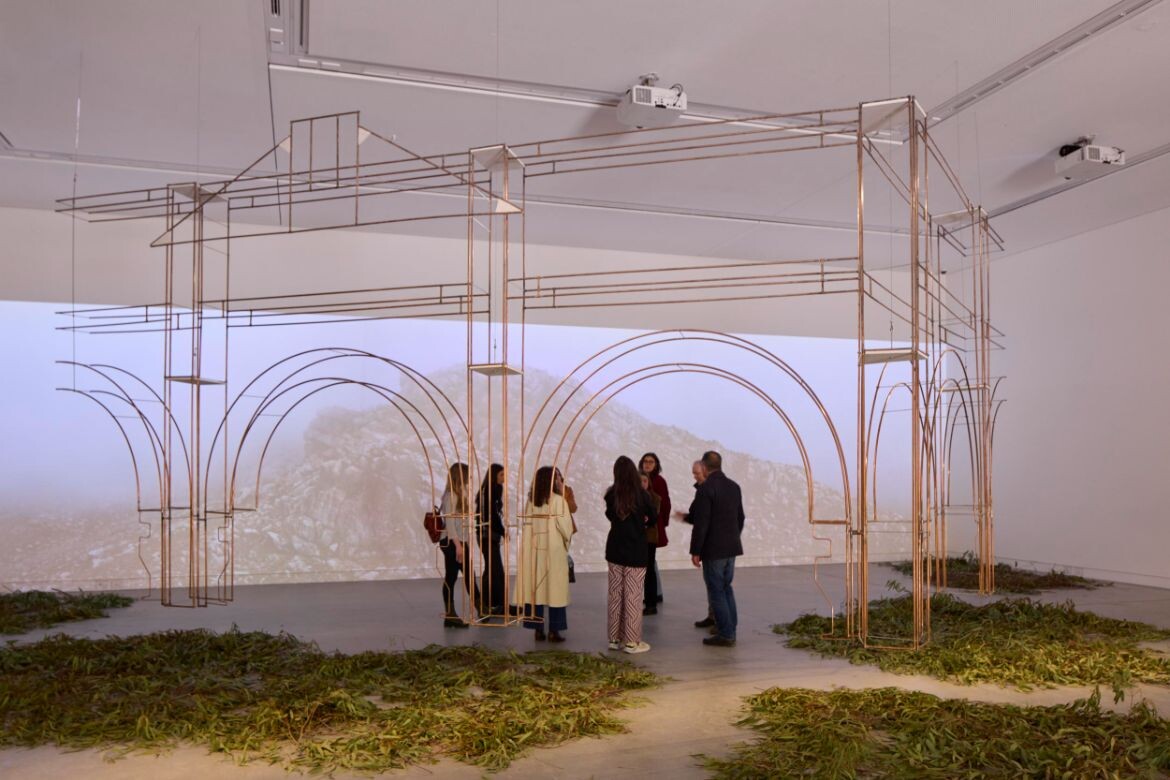
These layered representations of demapped Country will form part of an archive of tactics and methods from contemporary practice. The space will also play host to an Open Archive of tactics from 28 contributors working across the field of architecture in Australia. These tactics range from the retrofit and repurpose of colonial architecture, including cutting holes in the fabric of buildings to allow for new ways of experiencing and moving through space, to returning land to First Nations people and the creation of new cultural centres and memorials.
Tony Giannone, Australian Institute of Architects Venice committee chairman, said: “The AIA is honoured to take part in this year’s Biennale Architettura, the most important event in the international architectural calendar. Unsettling Queenstown will offer an immersive, multi-sensory experience that will captivate and challenge visitors. The exhibition represents an approach to architectural thinking that we believe will become a critical strategy of architectural culture worldwide.”
Unsettling Queenstown will be the ninth exhibition coordinated by the Australian Institute of Architects at the Biennale Architettura. The exhibition will be installed in the Denton Corker Marshall-designed Pavilion of Australia (2015) – the first 21st-century Pavilion to be built in the Giardini.
AIA at Venice
architecture.com.au
Queenstown landscape photography
Sarah Rhodes






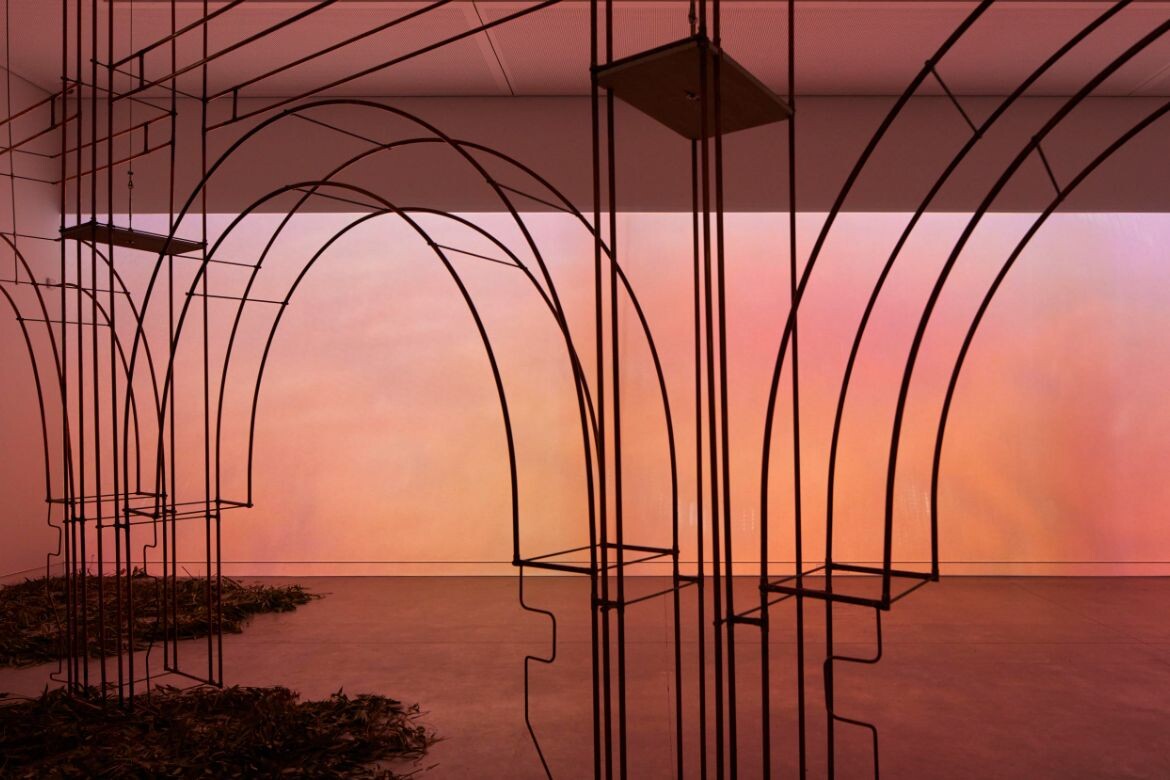


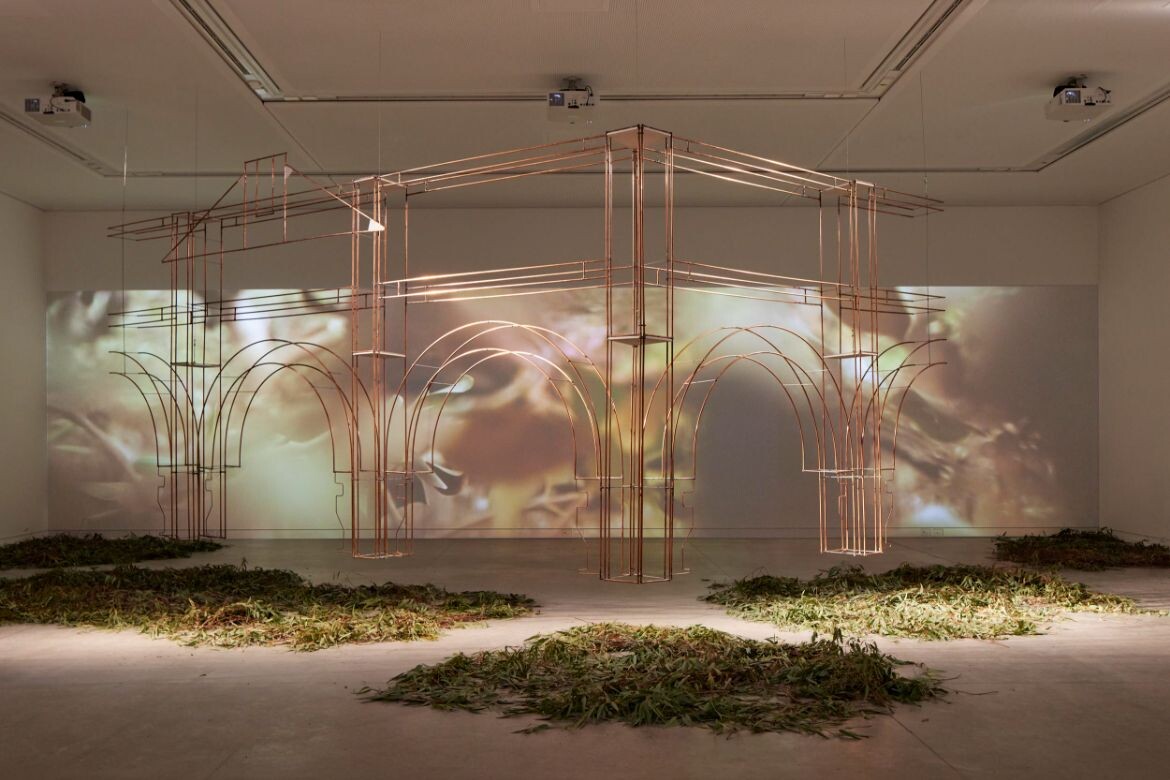
We think you might also like this story on Singapore Pavilion at the Venice Architecture Biennale.
INDESIGN is on instagram
Follow @indesignlive
A searchable and comprehensive guide for specifying leading products and their suppliers
Keep up to date with the latest and greatest from our industry BFF's!

London-based design duo Raw Edges have joined forces with Established & Sons and Tongue & Groove to introduce Wall to Wall – a hand-stained, “living collection” that transforms parquet flooring into a canvas of colour, pattern, and possibility.
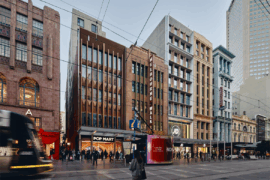
Merging two hotel identities in one landmark development, Hotel Indigo and Holiday Inn Little Collins capture the spirit of Melbourne through Buchan’s narrative-driven design – elevated by GROHE’s signature craftsmanship.

BLP’s new Sydney Children’s Hospital, Randwick building brings together paediatric care, family-centred design and Australia’s first Children’s Comprehensive Cancer Centre in a major addition to the Randwick Health & Innovation Precinct.
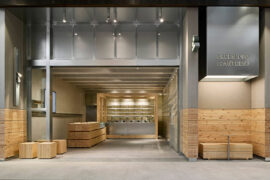
Hecker Guthrie brings a natural, material-led design to Green Cup’s new Chadstone store, pairing pine, steel and glass with a grab-and-go layout inspired by the brand’s fresh, organic ethos.
The internet never sleeps! Here's the stuff you might have missed

A thoughtful, low-waste redesign by PMG Group in collaboration with Goodman has transformed a dated office into a calm, contemporary workspace featuring a coastal-inspired palette and Milliken flooring for a refined finish.

Good looks count, but function completes the space.